
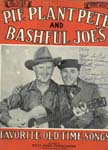


|
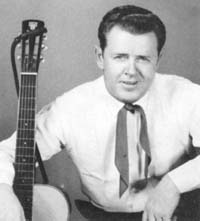 |
|||||||||||||||||||||
|
About The Artist Harold Bradley Jackson gained renown as an expert player of both the Dobro and electric steel guitar during a forty-year career as a musician. He also developed and manufactured several models of both instruments. His company was known as Sho-Bud (originally in partnership with Buddy Emmons). In addition to the recordings under his own name and with his wife Donna Darlene, he was most noted as a sideman with among others the Bailes Brothers, Johnnie & Jack, Kitty Wells, and Roy Acuff, Born in Wilmington North Carolina, Jackson's parents moved to Blackshear, Georgia as a child. Acquiring the nickname "Buckshot," it was soon shortened to Shot and so widely used that few later musical friends even knew his real name. Learning guitar at seventeen, he soon switched to the Hawaiian style. In 1941, he started band work (George Smith and the Rhythm Ramblers) at WMBR in Jacksonville, Florida. He stayed with them until 1943. In 1944 started to play with Cousin Wilbur [Wesbrooks] which brought him to WSM Nashville. He joined the U. S. Navy in 1945 which used his services as an entertainer. He got as far as Shoemaker, CA but his "gear" was shipped overseas. While serving, he recorded one show a week for overseas use by the SeaBees Network. Shot returned to WSM at the start of 1946 and joined the Bailes Brother and their West Virginia Home Folks as a sideman. In 1947, the group left for Shreveport, LA and were there during the start of the KWKH Louisiana Hayride.
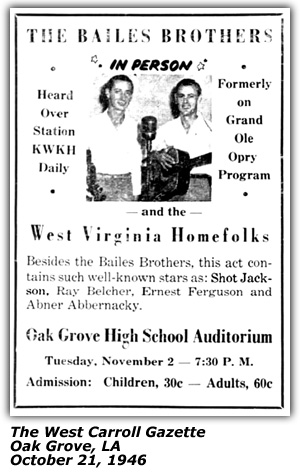  Jackson recorded with the Bailes Brothers on both King and Columbia. At that time, Johnnie and Jack and the BAiles Brothers worked together. In 1948, he joined Johnnie & Jack as a fill-in and when they decided to leave Shreveport for Nashville and the Grand Ole Opry, Shot went with them. He played on their first Victor session in 1949. Ray Atkins returned as their Dobro player until 1951 when Shot returned for a longer stint with the Tennessee Mountain Boys. In between he had worked and recorded with Webb Pierce, Red Sovine, Jimmie Osborne, Ruby Wells and a single under his own name for Pacemaker. A feature on Shot in Pickin' and Singin's "Sidewise" column revealed details of how he tuned his double neck Fender steel guitar. Each had 7 strings. He tuned one neck in "E" and the other in "A."
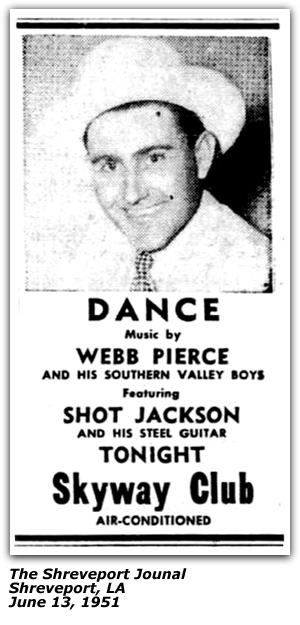  During his years with the Tennessee Mountain Boys Jackson also played steel on Kitty Wells' early Decca offerings. Eddie Stubbs points out that on the same day, May 3, 1952, Shot played on Kitty's first hit, "It Wasn't God Who Made Honky-Tonk Angels," Shot under his own name cut four songs for Specialty Records. The Tennessee Mountain Boys under a different name have a sound quite similar to that of Johnnie and Jack. He was also on Johnnie and Jack's hit, "Oh Baby Mine" and the duet by Red Foley and Kitty Wells, "One By One." On a personal note, the 1954 feature on Shot revealed what he did when he had time off at home. Besides hunting, fishing, and gardening, he would cook for his friends outside in an open barbecue it that he and Jack Anglin built. Shot married the former Viva Hopkins from Ripley, Tennessee in August 1947. They had a son Harold Bradley, Jr. at the time and Roy Acuff took a liking to him and called him "Half Shot."
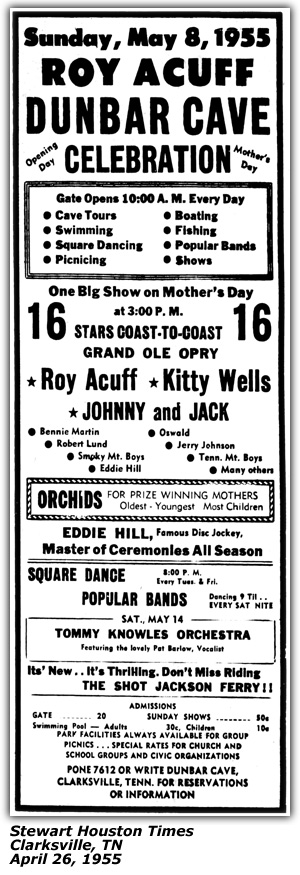 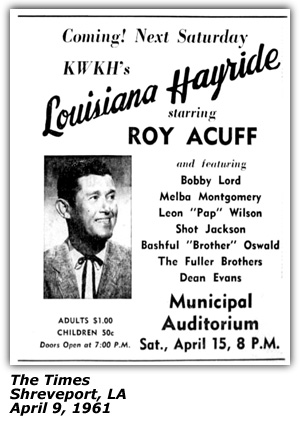 
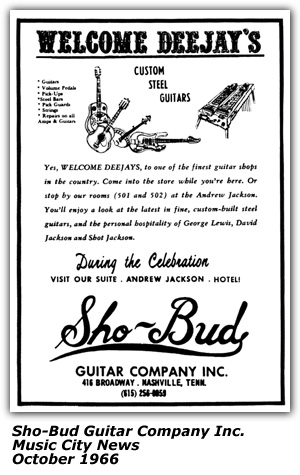  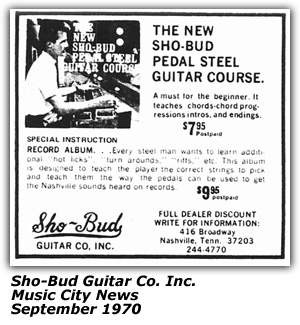  Jackson remained with the Tennessee Mountain Boys and Kitty Wells until February 1957 when he left to join Roy Acuff's Smoky Mountain Boys, remaining until 1962. It was during this period that he and Buddy Emmons got into the guitar making business. Among other things, Shot, described as a mechanical genius, developed pedals on a double neck steel and a seven-string Dobro with pedals that eventually became known as the Sho-Bro. Later Emmons retired from the firm and Shot became the solo owner. From 1962 until 1964 Jackson promoted young girl vocalist Melba Montgomery who recorded first for Nugget and then for United Artists. It was Shot who matched her up to do duets with George Jones. He played steel on their great hit, "We Must Have Been Out of Our Minds." He played Dobro on most if not all of their Bluegrass Hootenanny album (UAS-6352). Returning to Roy Acuff's band, Jackson became acquainted with former WWVA Jamboree star Donna Darlene. They were married on December 9, 1972 in Cheatam County, Tennessee.
 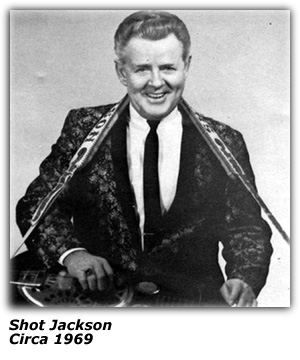 In 1966, he and Billy Grammer wrote a column called "Tipper's Corner" in Hoedown Magazine (owned by Thurston Moore). They shared with readers some tips and their experiences.
After recovery, Shot began to tour with Donna Darlene whom he soon married and included several trips back to WWVA. He also promoted his line of guitars heavily. Jackson also added instrument repair to his business. He continued to play shows now and then, did session work, and recorded instrumental albums, notably Bluegrass Dobro (Cumberland 29513). In 1967, Shot purchased the "...substantially large inventory of the Hank Snow Music Center." Hank had previously closed the center a few months earlier due to his heavy recording and personal appearance commitments. He sold Sho-Bud in 1980, but kept his repair business on Broadway until June 1983, then sold the building and retired. On a personal note, while attending Fan-Fair in 1983, I visited his shop with some of the Bailes Brothers and the back room was a great meeting place. I recall meeting George Riddle there among others. He was a friend to all. Shot Jackson's happy retirement was short-lived. He suffered a bad stroke on August 21, 1983 and could never talk afterward. His mind remained alert and he was inducted into the Steel Guitar Hall of Fame in 1986. But after suffering another stroke in June 1990, it was down-hill from there on and his weight dropped to 93 pounds before he died the following January.
 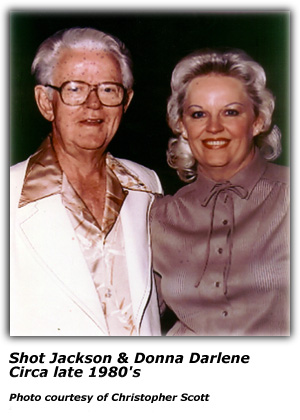
Credits & Sources
Sound Sample—(YouTube Video Format)
Appearance History This Month
|
|||||
| Printer Friendly Version |
|
Recordings (78rpm/45rpm)
| ||||||||||||||||||||||||||||||||||||||||||||||||
Hillbilly-Music.com
Yes, Hillbilly Music. You may perhaps wonder why. You may even snicker. But trust us, soon your feet will start tappin' and before you know it, you'll be comin' back for more...Hillbilly Music.
Hillbilly-music.com ...
It's about the people, the music, the history.
|
Copyright © 2000—2023 Hillbilly-Music.com
|
||||